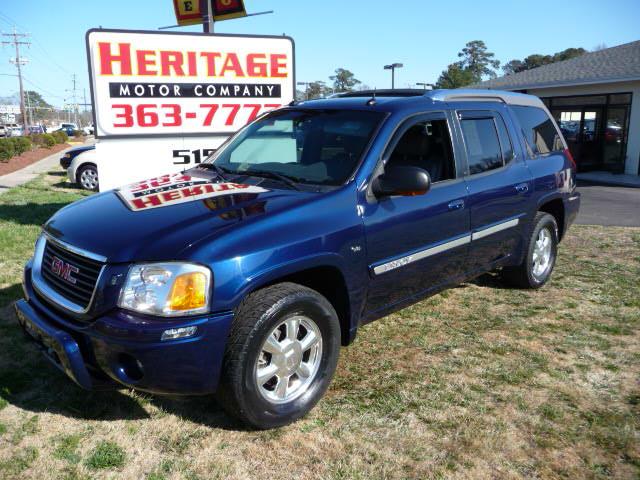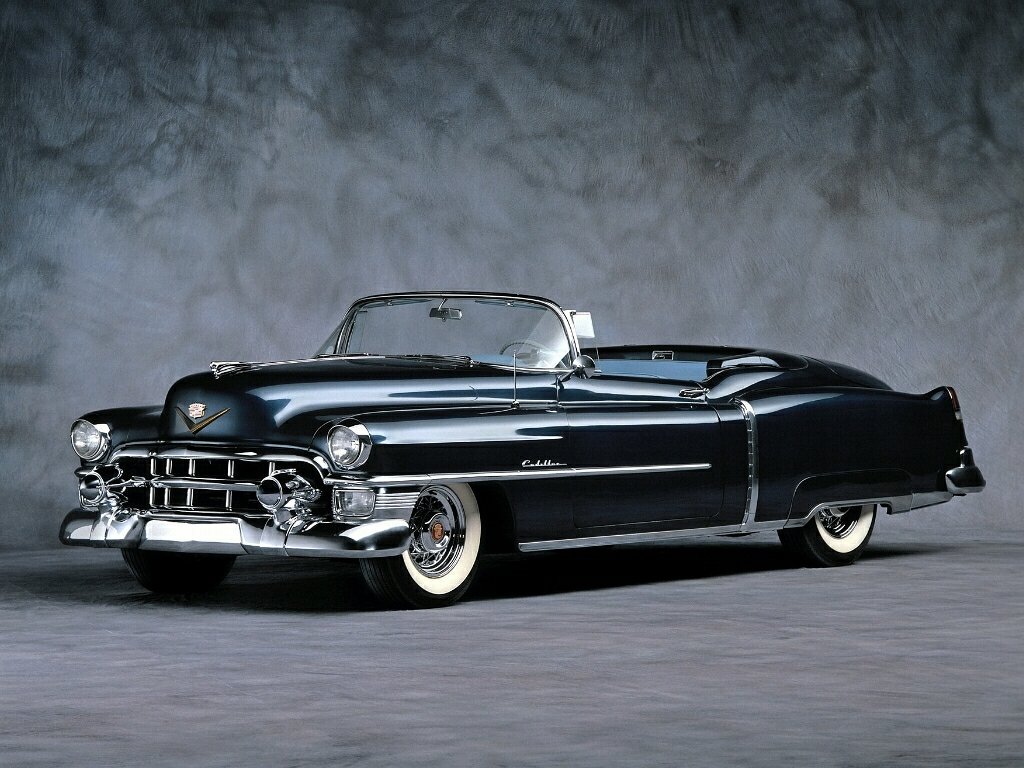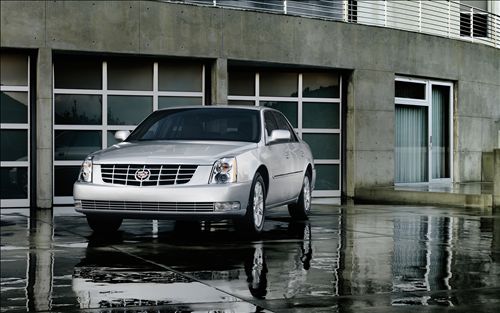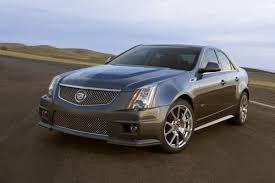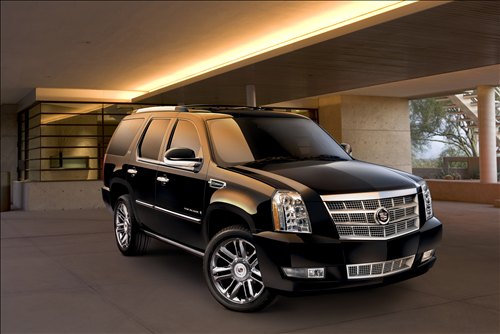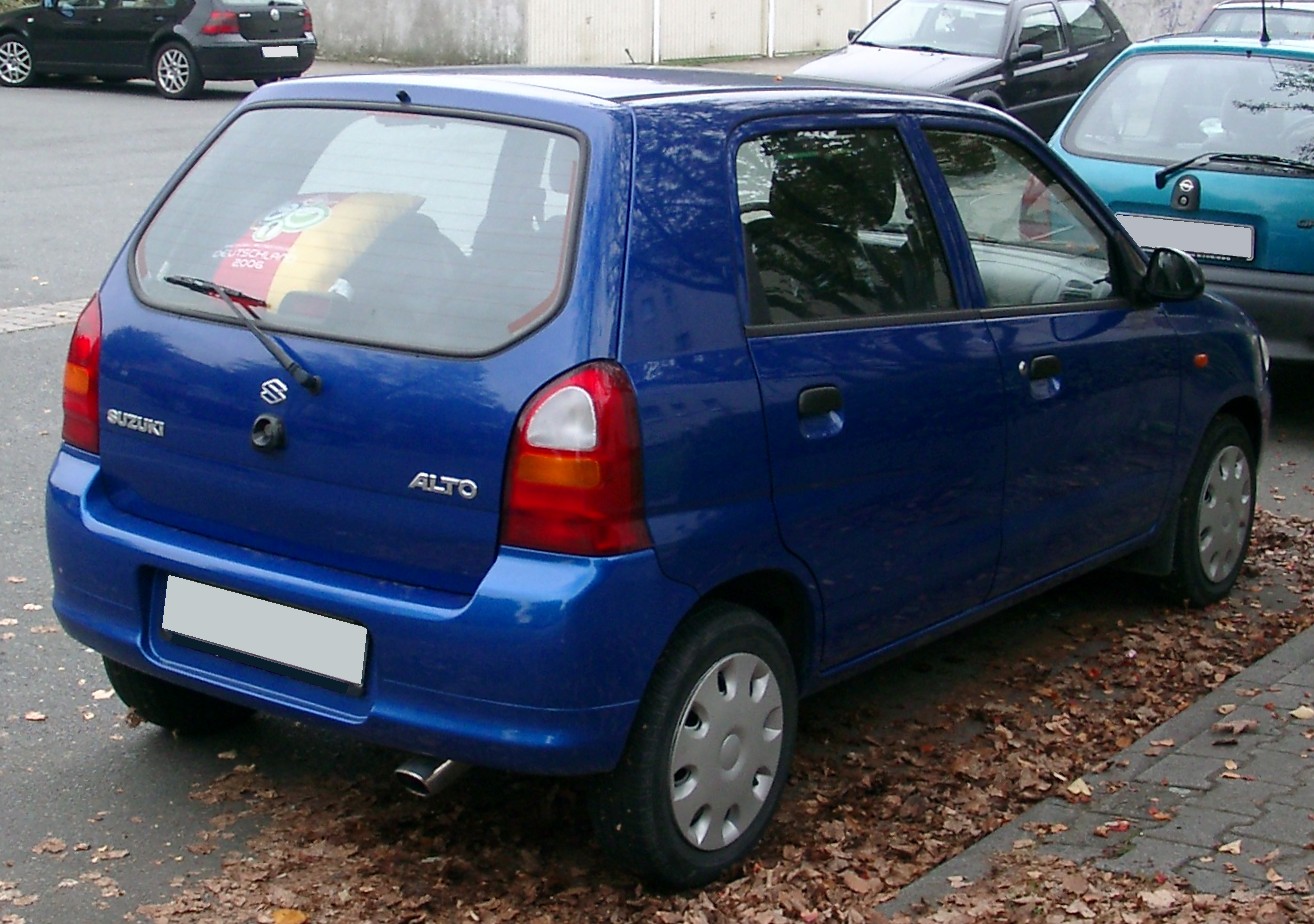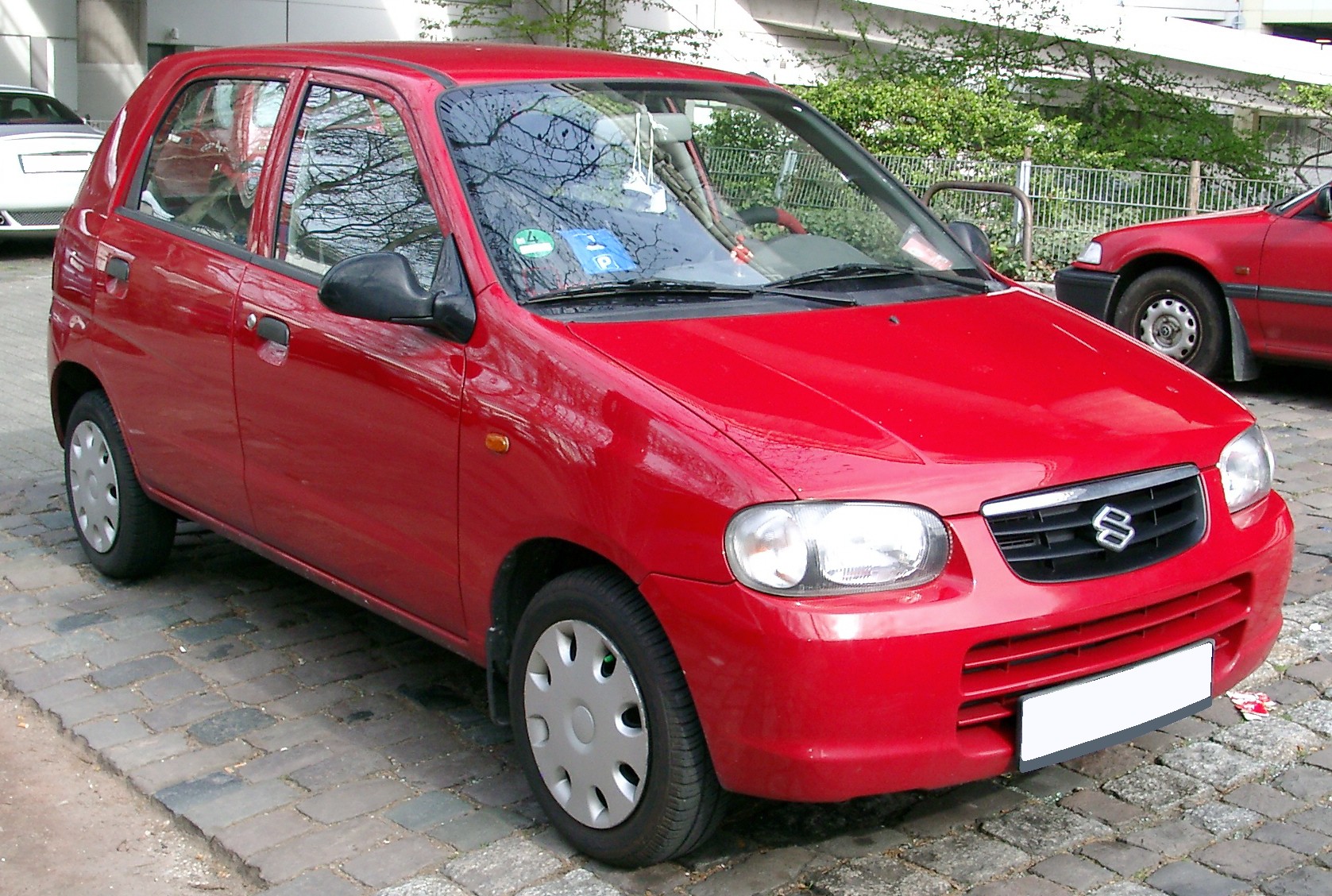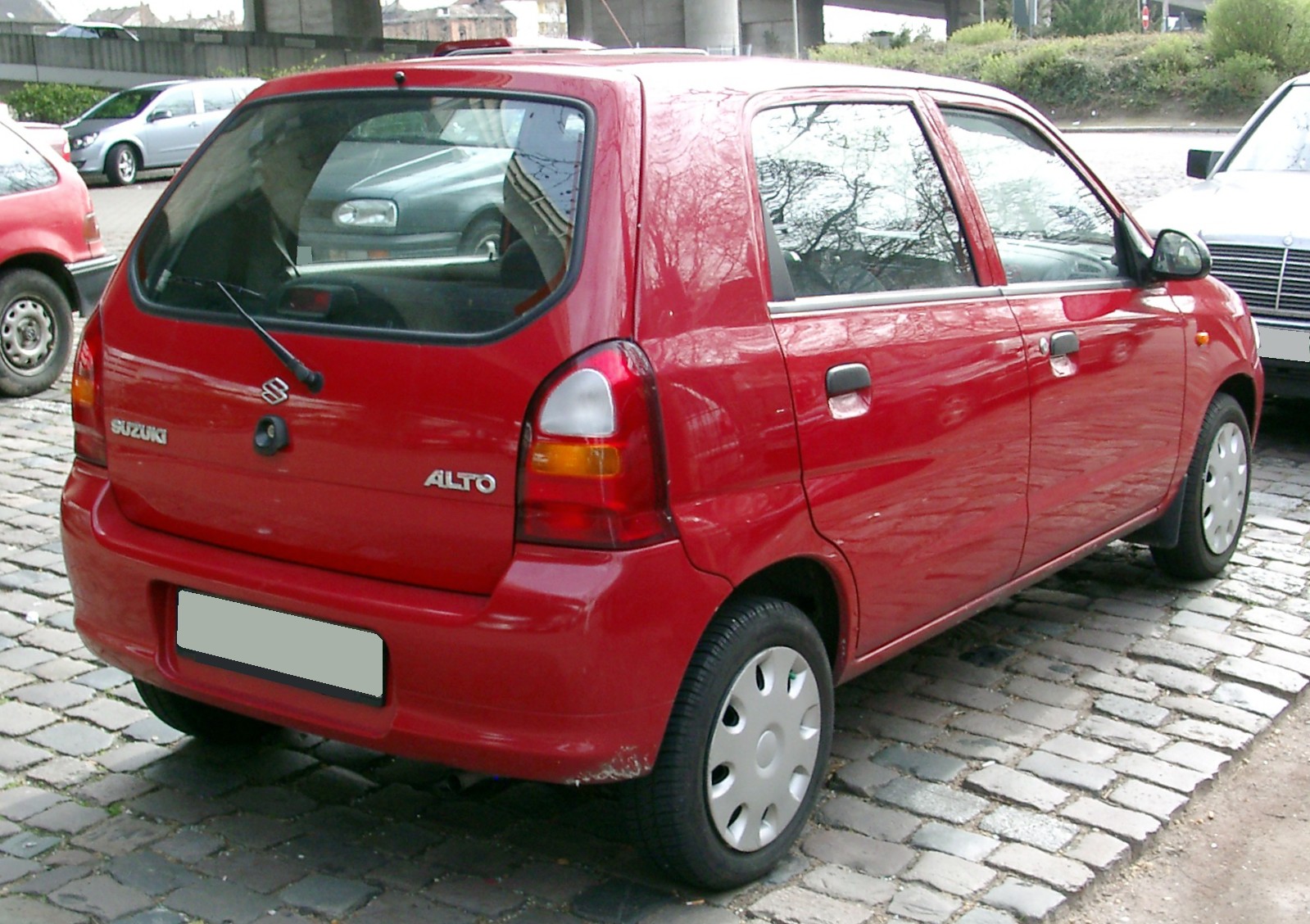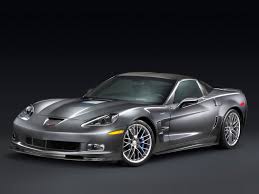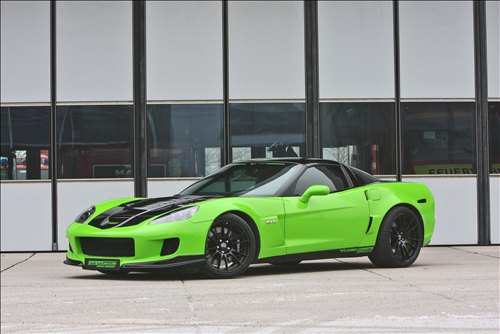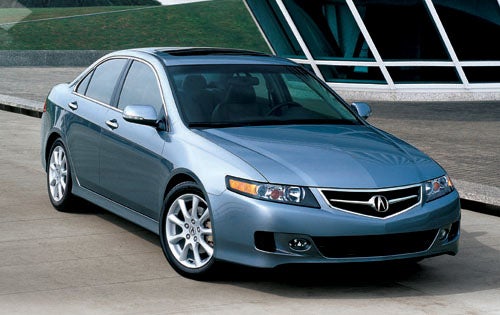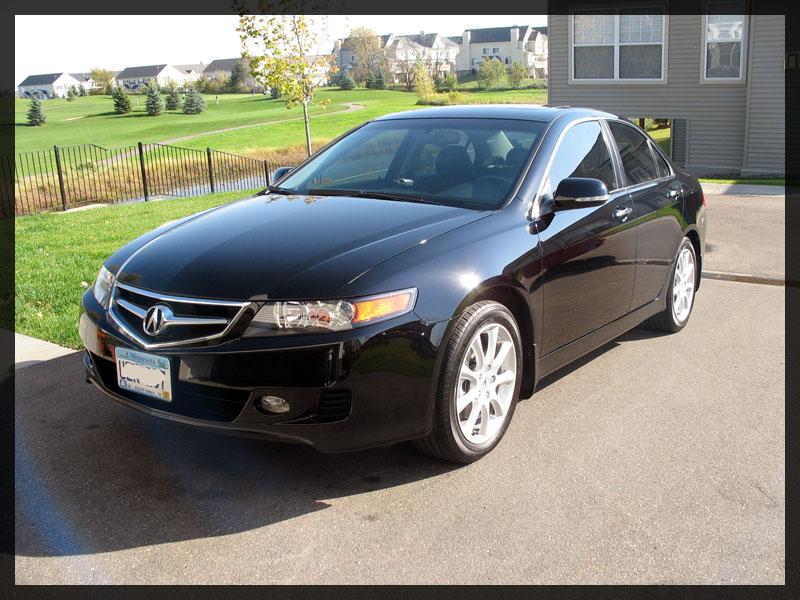 |
| GMC Envoy 2010 Wallpapers |
• Three new exterior colors: Sand Beige Metallic, Quicksilver Metallic and Silver-Green Metallic
Changes to the 2009 GMC Envoy and Envoy Denali models are few, but customers will appreciate the new Bluetooth wireless capability for safer, hands-free phone calls. It is available with Envoy’s OnStar 8.0 system.
Also new for ’09 are three exterior colors: Sand Beige Metallic, Quicksilver Metallic and Silver-Green Metallic. They replace Medium Brown Metallic, Liquid Silver Metallic and Silver Mist Metallic, respectively.
Envoy lineup
Envoy and Envoy Denali have a roomy, midsize package that rides on a 113-inch wheelbase (2,869 mm). There is 80.1 cubic feet (2,268 L) of cargo space when the rear seat is folded. Both models are available in 2WD and Autotrac 4WD models.
Available in SLE and SLT trims, Envoy standard features include air conditioning, dual-zone climate control, XM Satellite Radio, power locks and windows, and remote keyless entry; leather seating is standard on SLT. Amenities such as adjustable pedals, assist steps, a sunroof, Bose premium sound, rear-seat DVD entertainment system and touchscreen navigation are also available.
Envoy Denali takes GMC’s midsize SUV platform to the pinnacle of comfort and style, with specific design cues – including the iconic chrome grille – standard 18-inch wheels and tires and a host of standard amenities.
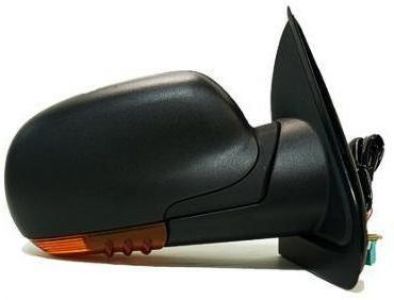
Powertrain details
The flagship Envoy Denali has a powerful, all-aluminum Vortec 5.3L V-8. It delivers 300 horsepower (224 kW)* and 321 lb.-ft. of torque (435 Nm),* across a broad torque range. The result is segment-leading standard towing capability – up to 6,600 pounds (2,994 kg) with 2WD models.
The Vortec 5.3L engine has GM’s fuel-saving Active Fuel Management technology, which enables fuel economy gains up to 5 percent in certain light-load driving conditions by reducing the number of cylinders engaged in the combustion process. A sophisticated, next-generation engine controller determines when to deactivate cylinders, allowing the engine to maintain vehicle speed in lighter-load conditions – such as highway cruising. When the cylinders are deactivated, the engine effectively operates as a V-4, with alternate cylinders on each cylinder bank disabled. The engine seamlessly returns to V-8 mode the instant the controller determines the vehicle speed or load requires additional power.
The standard engine on Envoy is the award-winning Vortec 4.2L 24-valve, dual-overhead-cam inline six-cylinder engine. It is rated at 285 horsepower (213 kW)* and 276 lb-ft. (374 Nm)* of torque, and provides the muscular yet smooth performance of many V-8 engines with the fuel efficiency of a six-cylinder.
Both engines feature new regulated voltage control, which enhances fuel economy by reducing the load on the engine required to drive the alternator in certain conditions. The engines are coupled to the rugged Hydra-Matic 4L60 electronically controlled four-speed transmission.
Chassis and suspension
The Envoy lineup is built on a robust, perimeter-frame foundation that enhances its capabilities. A twin A-arm suspension is in the front, with a thick stabilizer bar to minimize body roll. The rear suspension features a solid axle with five-link location, with a stabilizer bar.
A long, 113-inch (2,869 mm) wheelbase stretches between the Envoy’s wheels, giving it a smooth ride, particularly over choppy pavement or unpaved roads. A rack-and-pinion steering system responds quickly to driver inputs and delivers good feedback.
The standard StabiliTrak electronic stability control system and integrated traction control system enhance handling control. Large, low-drag front disc/rear drum brakes with standard ABS provide confident stopping power.
The Envoy Denali has a standard, air-adjustable load-leveling suspension system – including onboard air compressor and inflator kit – and locking rear differential. The locking axle is also available on SLE and SLT models.
Standard 17-inch wheels and tires come with Envoy SLE with 18-inch rolling stock on SLT and Envoy Denali. Twenty-inch, six-spoke polished aluminum wheels are available on Denali 2WD models.
Safety features
Head curtain side air bags are standard on all models.They inflate from the roof rail between the A-pillar and side window header; the air bag is designed to deploy in certain moderate to severe side impacts, to help provide protection for front- and second-row outboard passengers.
The head curtain side air bags feature an integral rollover protection sensing system that helps protect occupants in a rollover event by triggering both the side curtain air bags and safety belt pretensioners. The rollover-sensing module, on the center tunnel under the rear seat, uses a complex algorithm based on lateral and vertical accelerations, roll rate and vehicle speed to determine whether to deploy the safety systems.
StabiliTrak electronic stability control system and GM’s tire pressure monitoring system are also standard on all models. StabiliTrak helps drivers maintain control during sudden maneuvers or low traction conditions by using a comprehensive series of sensors to measure acceleration, deceleration, steering angle and yaw rate. By monitoring these inputs, the system automatically controls the vehicle to help maintain the driver’s intended path when a measurable deviation from the intended course is detected. The system maintains control by regulating vehicle acceleration or applying the brakes at any wheel.
Additional Envoy safety features include:
• Three-point safety belts in all seating positions
• Dual-stage frontal air bags
• GM’s passenger sensing system (PSS)
• Push-pull power window switches
• LATCH (Lower Anchors and Tethers for CHildren) system for child safety seats
• Enhanced passenger seat belt reminder system
• Low-drag brakes
All models feature OnStar 8.0 that includes Advanced Crash Response System, making crash data available to 911 centers to potentially dispatch the appropriate life-saving personnel and equipment to crash scenes faster. AACN does not require air bag deployment.
Envoy and Envoy Denali are covered by GM’s five-year/100,000-mile powertrain warranty and three years/36,000 miles for non-powertrain components – the best coverage in America.
Price this car:
MSRP: $30,625-38,670
Invoice: $35,133
Source: GMC Press Release
GMC Envoy 2010 Wallpapers
 |
| GMC Envoy |
 |
| GMC Envoy |
 | |||||||
|






